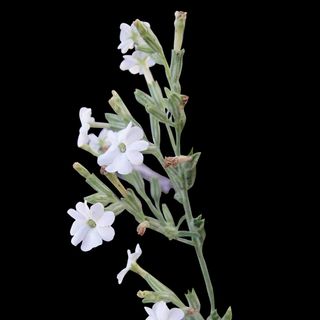Two months ago, a kerfuffle in a forgotten part of the Shola forests within the Nilgiris biosphere failed to catch the attention of any major news channel. The significant destruction of the pristine Shola forests for resort development would have gone unnoticed if not for a few activists who spread the word on social media. Activists circulated the legal petition created by S. Prabhakaran widely online. This acted as a crucial tool for drawing attention to the encroachment of forest land.
Legal petitions are filed by lawyers for a judge to look at and pass a ruling on. The act of putting down signatures on such a petition gives any cause weightage as it reflects the number of people who will be affected by a particular situation or decision. Petitioning is thus a clever way of bringing a specific problem to light and has been used for many decades to garner public support for civil, social, and environmental issues.
Petitioning is an important component of the Theory of Change (ToC) — a methodology used by companies and nonprofits to drive social change. ToC involves first identifying long-term goals and then reverse engineering to achieve related short-term initiatives. For instance, saving all forests at once would be too complex a task; however, stopping illegal logging within a small part of one forest is much more achievable. Thus, the power of petitioning within the context of ToC is immense.
With just 12,000 signatures, the issue of the destruction of the Sholas made it all the way to the Madras High Court, which passed the verdict that “not even an inch of forest land should be encroached.” The Court instructed the district collector to inspect the area along with the forest department and retrieve any encroached land. Copies of the petition were also forwarded to the Advocate-General of the State due to the seriousness of the matter.
Related on The Swaddle:
India’s Forests Expanded This Decade, Yet Indigenous Communities Are Still Being Forced Out: Report
The larger goal here is for all the Shola forests to be saved. However, the petition broke down the goal to a specific instance of encroachment, resulting in a landmark ruling that is a major step towards achieving the long-term goal. It also helped provide a morale boost and renew hope for the conservation of one of the most endangered ecosystems in India.
Although the Nilgiris is a significant ecosystem, it is hardly spoken about within a conservation context. This is perhaps because the region is highly urbanized. Further, there is hardly any awareness of the region’s forests beyond the superficial “greenery” of the tea estates that tourists can see. Unfortunately, only 10-15% of the original Shola forests still remain intact.
Godwin Vasanth Bosco, a conservationist and founder of Upstream Ecology, stresses upon the fact that the main reason behind this has been the rampant infrastructural violations in the Nilgiris over the past couple of decades. The region also has the highest number of invasive species — non-native species introduced for ornamental or agricultural purposes, like tea and eucalyptus plantations. This non-native vegetation threatens the existing ecosystems. Bosco works tirelessly to remove such invasive species and restore native species. However, despite all the work conservationists like Bosco are doing to prevent illegal developments in the Nilgiris, they are racing against the effects of climate change and habitat loss.
The Nilgiris depend very heavily on tourism, most of which centers around colonial era tea estates. Although tea cultivation provides a significant livelihood, it has come at a steep cost to the local ecosystem over the years, resulting in man-animal conflict, degradation of land, landslides, and loss of old-growth forests. Petitions such as this one bring awareness about parts of forests that are seldom talked about.
As Indigenous Languages Die, India Loses Vital Means of Preserving Biodiversity
Apart from this, the Nilgiris is also home to tribes who still live in harmony with the forests. As native species die out, so does the culture of these communities and their unique knowledge of forests. Petitioning, therefore, acts as a voice not only to protect forests but also the lives and customs of these tribal communities. It acts as a way for them to be rightful stakeholders in the decision-making process.
Protecting areas like these is one of the most important responsibilities we have. The Sholas petition does not merely represent the one-kilometer stretch of trees and shrubbery. It represents countless other parts of the forests, animals, birds, insects, plants, indigenous people, and entire ecosystems. Although, at the surface, petitioning may seem akin to “slacktivism” or “arm-chair activism,” it holds immense power to drive change. Petitions are an important tool in conservation because the simple act of signing one’s name registers a powerful voice of dissent against environmental injustice.




